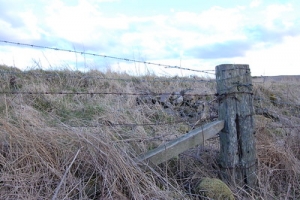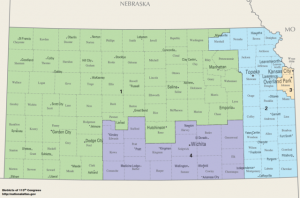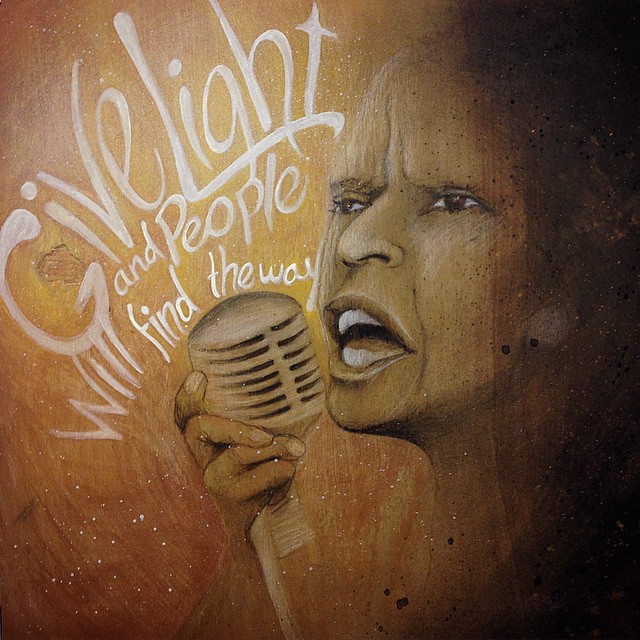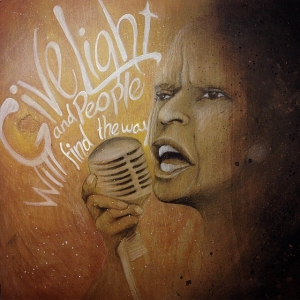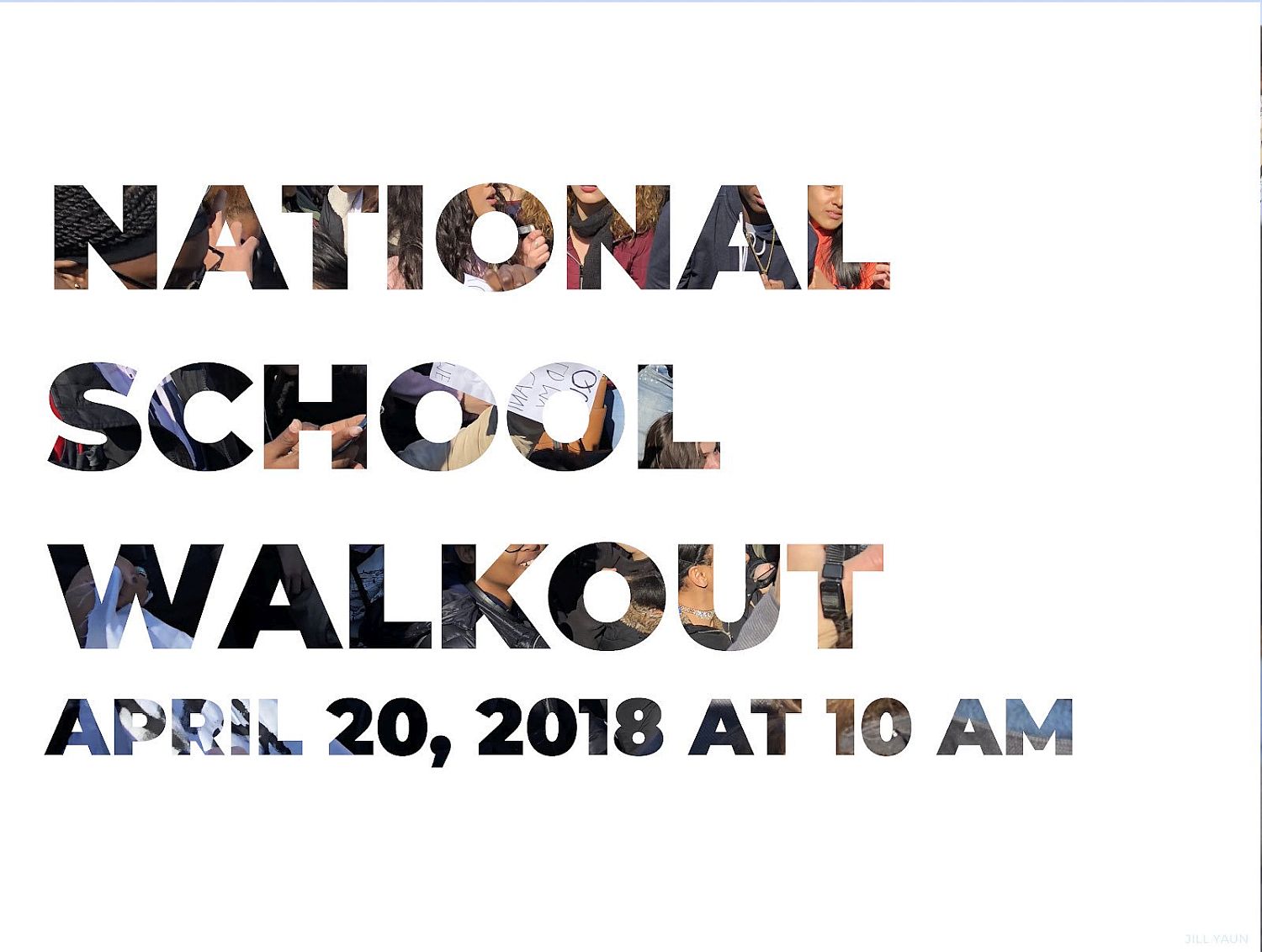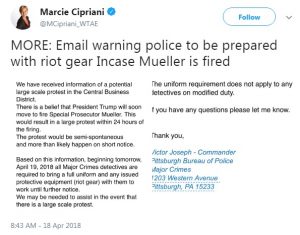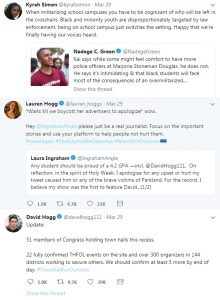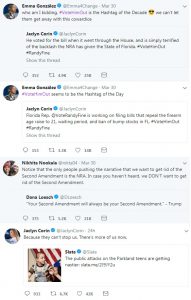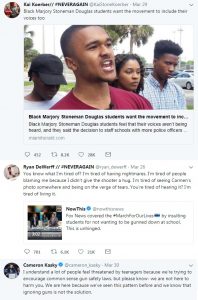There’s No Doubt the GOP Now Has Weapons of Mass Destruction [UPDATE-1]
[NB: Check the bylines, thanks. Updates at the bottom of this post. /~Rayne]
I’ve been frozen by anguish and anger, unable to write something about the mass murder in Uvalde, Texas. Whatever I dump here emerges from this, and some of it will be others’ words because they’ve said it better and more succinctly.
~ ~ ~
We’ve had some discussion in one of the threads about Beto O’Rourke’s attempt to question current Texas governor Greg Abbott about Abbott’s response to Uvalde.
Abbott’s minions shouted down O’Rourke, who as a Texan was entitled to know what the state’s top elected official was doing in response to the mass murder.
This encapsulates everything which is wrong with Abbott — he and the people he surrounds himself with don’t give a flying fuck about Texans. The Abbott administration is a goddamned joke.
This careless disregard will affect more than a couple of generations of Texans who’ve already had to deal with Abbott’s general uselessness against Texas’s isolated energy grid which killed a child along with 110 other Texans in 2021.
To be a young Latin person in Texas right now is painful because this is now the second time in recent years a mass shooting has primarily affected our community and once again our governor has shown he couldn’t care less about our lives.
— Olivia Julianna (@0liviajulianna) May 26, 2022
57.5% of Texas is not white; the largest portion of this non-white population is Hispanic/Latin, making up 39.3% of the state’s citizens according to a badly-run 2020 US Census which undercounted Texas citizens and undocumented residents alike.
Which means Texas is more than 40% Hispanic/Latin and Gov. Greg Abbott could give a flying fuck how they feel about Tuesday’s mass murder he enabled by signing an bill with the loosest open carry regulations in the nation.
He really hasn’t given but lip service after previous mass murders with assault weapons in his state, supporting increasing laxity about gun control in Texas in spite of six mass shootings since he was first elected governor in 2015.
Not just supporting increasing laxity, but doing so in the face of a majority’s support for increased gun controls from banning assault rifles to background checks before sales.
The Texas Tribune does a phenomenal job of laying out how Abbott has consistently ignored Texans’ sentiments while not pointing a finger at him alone. Abbott is doing what the GOP and its foreign-financed sponsor the National Rifle Association have wanted him to do: demoralize Texans and destabilize it so that state and federal government are undermined and lose support of the people.
~ ~ ~
We had quite a few heated discussions here in the wake of George Floyd’s murder-by-cop and subsequent protests against police abuse. The heat focused on “defunding the police” rather than the problem itself: increasing militarization of the police at all levels has not led to fewer murders-by-cop, nor to reducing the number of BIPOC Americans murdered by cop, extrajudicially executed by police who’ve more or less been granted absolute immunity because of the way “qualified immunity” has been applied.
Stop arguing about the effectiveness of the message, “defund the police.” Don’t even try to offer “reform policing” as an alternative. Not when police stood by and let a shooter terrorize and murder a classroom yesterday, restraining parents from going in to help, whisking cops’ kids to safety, coaching potential victims to yell for police help only to have the shooter kill a victim who yelled, “Help!”
According to officials:
– the shooter went in a classroom and locked the door
– police on scene left him in there
– when border patrol showed up they couldn’t break down the door
– after 40-60m they got a member of the school staff to unlock it with a key https://t.co/0V1JJOkY2B pic.twitter.com/Dwt0vGfKtQ— southpaw (@nycsouthpaw) May 26, 2022
These people right here:
can’t wait till these people get millions more in ‘community policing’ disbursements from the Biden administration, so they can mint a solid platinum “fuck them kids” challenge coin pic.twitter.com/n2Pro2Z51V
— inverted vibe curve: burgertown must be defended (@PatBlanchfield) May 26, 2022
called the U.S. Border Patrol to help them unlock a fucking classroom door.
$4 million a year –40% of its annual budget — plus grants the city of Uvalde has spent on policing only to have their police attacking frightened parents in some twisted form of crowd control as they stood there outside a locked classroom waiting for the gunman to do whatever it was he was going to do.
Greg Abbott went to a fundraiser that evening even as the blood of children and their teacher dried on the floor of that once locked classroom, as their parents’ DNA was collected for identifying the victims who had surely be turned into mincemeat by an AR-15. That was his response to the mass shooting: pay me, I’m delivering for you, he is telling his sponsors who are perfectly alright with a demoralized, destabilized Texas.
This is the response of police elsewhere: double down on what hasn’t worked since 1999 in Columbine.
[Tweet deleted by Rochester @News_8 which said police there were looking into more active shooter training]
It’s only a matter of time before we are offered the excuse that the AR-15 armed killer could take out Uvalde’s police the way the AR-15 armed killer took out the armed guard at the grocery store in Buffalo NY during a mass shooting ten days earlier.
Except there’s no comparison between a lone security guard not wearing a plate carrier and a militarized SWAT team which should have had far more training to deal with a lone gunman situation.
We’ve already heard the excuse from that malignant sluggard Abbott that the shooter was mentally ill, an assumption based on little to know evidence. And of course Abbott is responsible for the cutting funding for mental health care in Texas.
Gov. Greg Abbott said Wednesday that the Uvalde school shooter had a “mental health challenge” and the state needed to “do a better job with mental health” — yet in April he slashed $211 million from the department that oversees mental health programs.
In addition, Texas ranked last out of all 50 states and the District of Columbia for overall access to mental health care, according to the 2021 State of Mental Health in America report.
“We as a state, we as a society, need to do a better job with mental health,” Abbott said during a news conference at Robb Elementary School, where a gunman shot and killed 19 children and two teachers on Tuesday. …
Texans, you can do better than this lousy lying hack. You deserve better. Se merecen algo mejor que Abbott, tejanos.
Take it all down and start over. Rethink public safety from the ground up because it’s not working and it only gives the worst kinds opportunities to grift — like Abbott’s fundraising.
~ ~ ~
Even more frustrating than the endless stream of pablum offered by stupid gits like Ted Cruz, or rebellious threats against the president like Florida’s state house rep Randy Fine is the inability to connect dots.
The mass murder by an AR-15 carrying teen and previous mass shootings have been encouraged by the GOP because they are bought and owned by the gun manufacturers’ lobby, the NRA. The NRA doesn’t give a shit about Americans; it only cares that there is a sustained market for its products. It only cares that a minority of Americans are rabid enough about gun rights to act as enforcers for the lobby’s demands.
The lobby itself has been bought and owned by Russia following the 2010 Citizens United decision; a flood of Russian money laundered through the NRA bought GOP elected officials and candidates.
The Senate Finance Committee’s 2019 report based on an 18-month investigation said the NRA was a Russian ‘foreign asset’ before the 2016 election.
Considering who the NRA continues to support with campaign donations — like Senators Mitch McConnell (total $1,267,139 )and Rand Paul (total $104,456) whose state Kentucky has also been courted with Russian oligarch money — it’s likely still a foreign asset.
The NRA continues to buy the GOP; it remains pleased with the results of its lobbying because it hasn’t changed its mode of operation no matter how many mass shootings and deaths there have been.
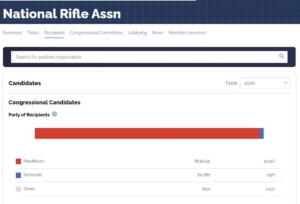
[Screenshot, distribution of 2020 election cycle donations by NRA to major national political parties (FEC data via OpenSecrets)]
The GOP need not worry about Putin escalating his assault on Ukraine into a nuclear war involving the US.
They’re already killing plenty of Americans using American weapons of mass destruction on American soil without a single drop of blood spattered on Putin’s doorstep.
Why would Putin waste a single warhead when the GOP will do all the dirty work for him, sitting on their hands and taking NRA money rather than do what has been proven effective (ban assault weapons) and what is popular (background checks on all gun buyers)?
~ ~ ~
A Twitter thread recap of Uvalde’s preventable disaster:
Let’s review the (reported) performance of the Uvalde Police and CBP response team on Tuesday:
– Waited 35-60 minutes before entering school while kids bled out, wasting golden hour
– Tazed / arrested parents begging them to go in, and attempting to rescue their kids themselves
— Brynn Tannehill (@BrynnTannehill) May 26, 2022
Do something. Fucking do something constructive to stop this madness, you book-burning child-killing hacks with the R after your name.
Science points to laws that would work to reduce shootings, to lower death: https://t.co/Nv0WXCVkTe pic.twitter.com/5z5nvdKuoX
— Scientific American (@sciam) May 26, 2022
For Democrats who were elected to serve this nation, stop enabling both the acquisition of weapons of mass destruction here in our own backyards. Stop enabling lousy policing which clearly isn’t solving the problem of mass shootings in public spaces while it punches down on the public it’s supposed to serve.
For those of us who vote D, help people get IDs to vote, help them register, make sure every voter you know is educated about the ballot in your state/county/city/precinct, and get every voter to polls for the remaining primaries and the mid-term election in November. The life you save may be your own.
~ ~ ~
UPDATE-1 — 11:00 P.M. 26-MAY-2022 —
I called it.
Texas Police Lieutenant Says Cops Were Reluctant to Engage Gunman Because ‘They Could’ve Been Shot’https://t.co/Af393QBrpC
— Mediaite (@Mediaite) May 26, 2022
They had gear as well as training and they weren’t willing to use it because they might have been shot. It’s called dereliction of duty.
If they don’t want to police, then fucking defund the police. Use the budget to deal with the root causes like improved local mental health care and services for precarious residents.


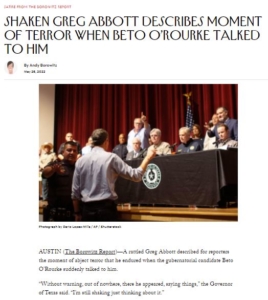

 CC by 2.0
CC by 2.0